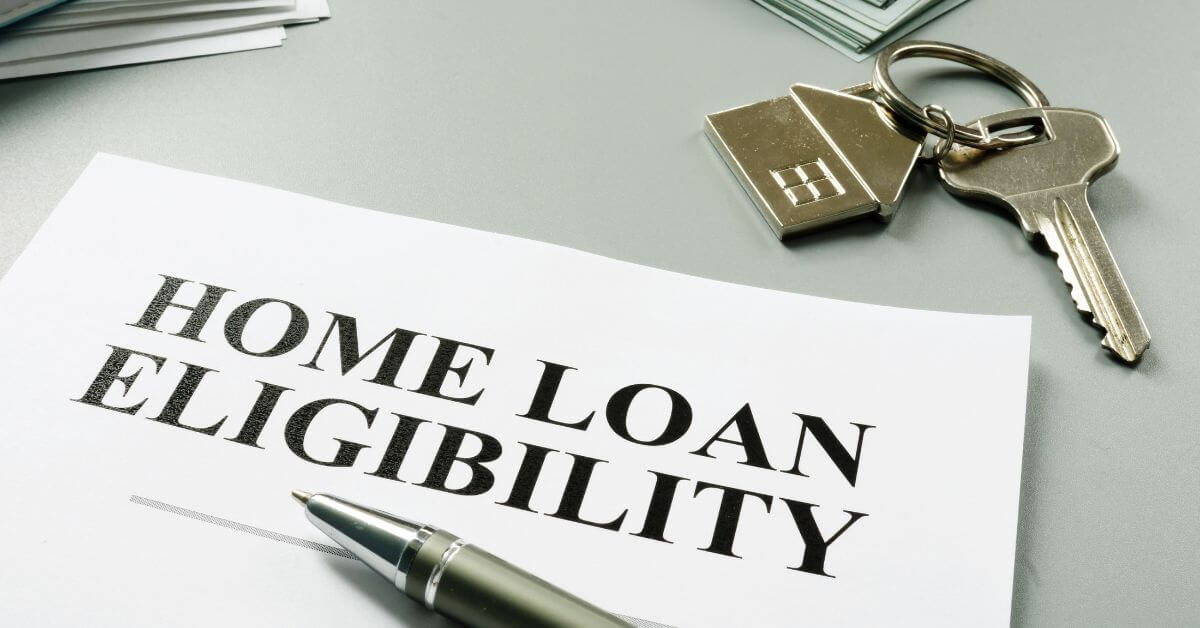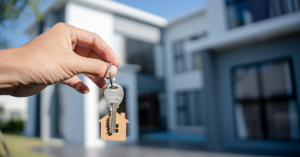If you’re in the market for a home, you may have heard about a Rural Development Loan but may not know exactly what it entails.
Well, in short, this government-backed mortgage program helps people in rural areas purchase homes. It offers flexible credit requirements, low-interest rates, and no down payment needed.
Sounds too good? In this article, we’ll examine the specifics of a Rural Development Loan, how it functions, and if it is suitable for you.
Keep reading to learn more about this innovative loan program.
Overview of Rural Development Loans
Rural Development Loans, otherwise known as USDA loans, are an excellent choice if you’re in the market for property in a rural area. Backed by the USDA, these loans assist those living in these remote locations who may have limited access to traditional financing sources.
Rural Development Loans are not just for farmers. These loans can finance many properties, including single-family, multi-family, and commercial ones. Furthermore, they’re available to first-time homebuyers as well as current homeowners looking to refinance their existing mortgages.
Eligibility Requirements for Borrowers

If you’re considering applying for the loan program, here are the eligibility requirements to keep in mind:
- Credit rating: While there is no minimum credit score required, most lenders prefer ratings of 620 or higher. If yours falls below this mark, you may still qualify but be required to provide additional documentation or pay a higher interest rate.
- Debt-to-income ratio (DTI): Your monthly debt payments, including your new mortgage payment, should not exceed 41% of your gross monthly income.
- Employment and income history: You must have a stable job and income history for at least two years to prove your ability to make regular mortgage payments.
Types of Rural Development Loans Available
Before applying for the USDA loan, there are several options and variations to decide from. These include the following.
- Single-family housing loans can help finance the purchase or repair of a home in rural areas. There are two varieties of single-family housing loans: direct and guaranteed loans.
- Multi-family housing loans are designed to help you finance affordable rental housing in rural areas. This includes loans for purchasing, constructing, or renovating multi-family units.
- Business and industry loans are designed to give rural businesspeople access to capital to create, expand or modernize their companies. They may be used for various purposes such as construction, land purchase, equipment purchase, and more.
Benefits of Rural Development Loans
There are many advantaged to Rural Development Loans. From their lenient terms to low-interest rates. Let’s explore:
- Low-interest rates and lenient credit requirements: Rural Development Loans offer you low-interest rates that can result in significant savings over the life of the loan. Furthermore, rural development loans have more flexible credit requirements than traditional loans, making them perfect for people with less-than-perfect credit histories.
- No down payment needed: Rural Development Loans do not require a down payment, making the purchase of a home much simpler without needing to save up for one. This is unlike the FHA loan, another government-backed mortgage that requires a 3.5% down payment.
- Possibility of financing closing costs: Rural Development Loans may allow you to cover closing costs, making homeownership more accessible.
Limitations of Rural Development Loans

There are also a few drawbacks to financing your dream home with the Rural Development Loan. These limitations include the following:
- Geographic restrictions: Rural Development Loans can only be used to purchase property in qualifying rural areas as defined by USDA; typically, these areas tend to be less populated.
- Income limitations: This program is designed to assist low to moderate-income families, and you must meet certain income limits based on your location.
- Limited loan amount: Rural Development Loans have a maximum loan amount that varies based on location and household size. This may not be enough if you wish to purchase more expensive properties.
Note that applying for a rural development loan also comes with some fees that you must pay. We summarise them in the table below:
| Fee Type | Amount |
|---|---|
| Upfront Guarantee Fee | 1.0% of the loan amount |
| Annual Fee | 0.35% of the average outstanding principal balance, calculated annually and paid monthly with the mortgage |
| Appraisal Fee | Varies by location and property type |
| Credit Report Fee | Varies by lender |
| Origination Fee | Varies by lender |
| Title Search and Exam | Varies by location and property type |
| Recording Fees | Varies by location and property type |
How to Apply for a Rural Development Loan
Before applying for a Rural Development Loan, it’s important to understand how the loan program works. This improves your chances of approval and ensures a smooth loan process.
Let’s go over the application process now:
- Confirm your eligibility: Eligibility requirements vary by the loan program but typically include factors like credit history, income level, and the location of the property you wish to buy or improve.
- Locate a participating lender: The USDA maintains an approved lenders list on its website, and you can also inquire with local banks to see if they provide Rural Development Loans.
- Gather required documentation: When applying for a Rural Development Loan, you must provide specific documentation to your lender. This could include bank statements, tax returns, and other financial records.
- Complete the application: Your lender will provide an application form, and it must contain information regarding the property that you wish to buy or renovate.
- Wait for approval: After submitting your application, the lender will review your details and decide if you qualify for a Rural Development Loan. This process may take several weeks, so be patient during this time.
- Close on the loan: Once approved for a Rural Development Loan, you must close it before receiving funds. This typically involves signing documents and paying any necessary closing costs.
What Are the Differences Between Rural Development Loans and Other Loans?

Compared to other government-backed and private loan programs, there are stark differences between them, especially concerning their eligibility criteria.
Here are a few:
- Down payment: Rural Development Loans do not require a down payment, while FHA loans require at least 3.5%, and conventional loans typically need at least 5%.
- Mortgage insurance: Rural Development Loans require mortgage insurance for the entirety of the loan term. In comparison, FHA requires coverage for at least 11 years, and conventional loans don’t require coverage until you’ve built up 20% equity in your home.
- Property location: Rural Development Loans are only available for homes located in eligible rural areas, while FHA and conventional loans can be used to purchase properties across a wider range of locations.
Frequently Asked Questions
What types of properties qualify for a Rural Development Loan?
Here is a list of properties eligible for a Rural Development Loan:
- Single-family homes: These dwellings are intended solely for one family’s occupancy.
- Multi-family homes: These are properties designed for multiple-family households to live in, such as apartment buildings or duplexes.
- Condominiums: Individual units within a larger structure owned by the occupant that can accommodate additional occupants.
- Manufactured homes: These are constructed away from the property and then transported for installation.
- Townhouses: Attached to other residences, townhouses are typically part of a larger community.
What is the maximum amount I can borrow with a Rural Development Loan?
The maximum loan limit you are eligible to borrow depends on both the loan program and your financial status. For instance, under the USDA Single Family Housing Guaranteed Loan Program, there is an upper loan limit of $548,250; however, this figure may be lower in more expensive areas.
Can I use a Rural Development Loan to refinance an existing mortgage?
Yes, Rural Development Loans can be used for refinancing existing mortgages. With this loan, you could reduce your interest rate, decrease your monthly payment or switch over to a fixed-rate, more secure mortgage.
Can I use a Rural Development Loan to purchase a second home or investment property?
Unfortunately, Rural Development Loans can only help you purchase your primary residence in rural areas and cannot be used to buy second homes or investment property.
Are Rural Development Loans the Best for You?
A Rural Development Loan is a government-backed mortgage designed to assist low-to-moderate-income individuals and families in purchasing or renovating homes in rural areas.
Depending on your current financial situation and preferences, they may either be a suitable option for you or not. We recommend evaluating the eligibility criteria together with this to help you make a more informed decision.
If you want to learn more about Rural Development Loans, give us a call. We will assist in making the most of the loan program to bring your property ownership aspirations to reality.






